The Mountain is calling
Tanzania for Mountaineers and Hikers
The East African country, with its diverse mountain landscapes, is a dreamland for hikers and mountaineers. Many of these are of volcanic origin. Tanzania is home to Mount Kilimanjaro, the highest mountain in Africa, and Ol Doinyo Lengai, the only active volcano in East Africa.
Discover the possibilities
Travel the way you want
Travel the way you want
Day Tours
Day Tours
Multi- day Tours
Multi- day Tours
Discover the possibilities & choose what you like. The planning for your adventure begins.

Wildlife

Mountainlife

Beachlife

CulturalLife
- Choose the destination of your interest.
- We plan your trip individually on the basis of your preferences.
- You will receive a non-binding offer.*
- Book safe and comfortably.
Gurugu
You?
This is what your experience can look like:

Wake up to this view
on the way to Kilimanjaro.
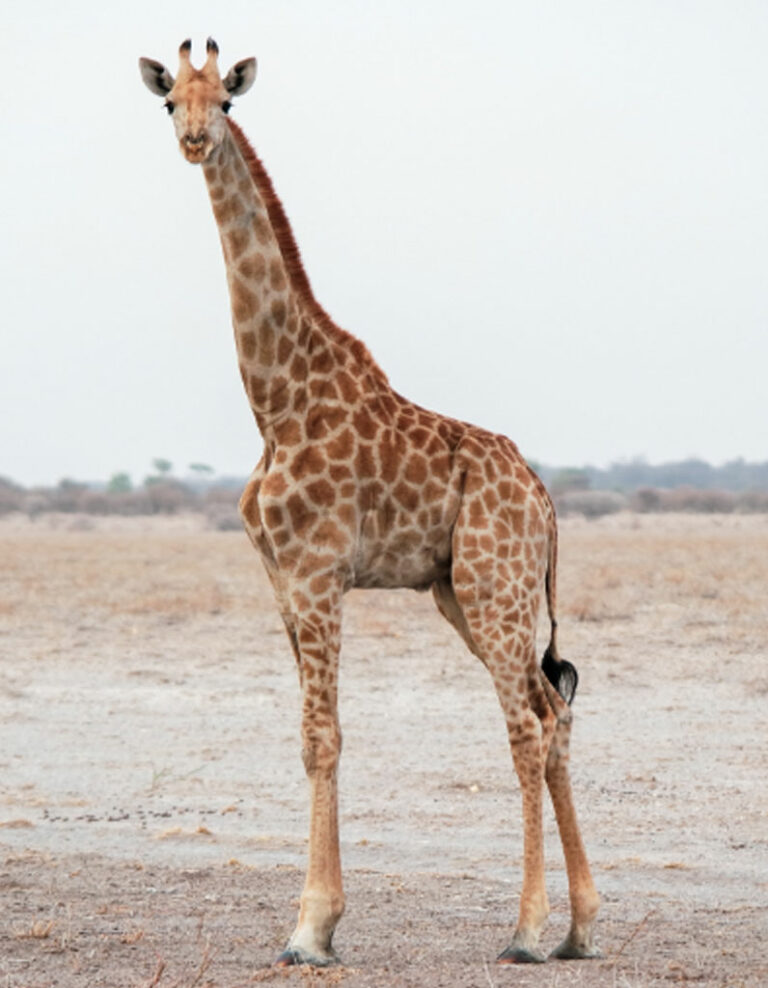
Keep an eye out for the giraffes.
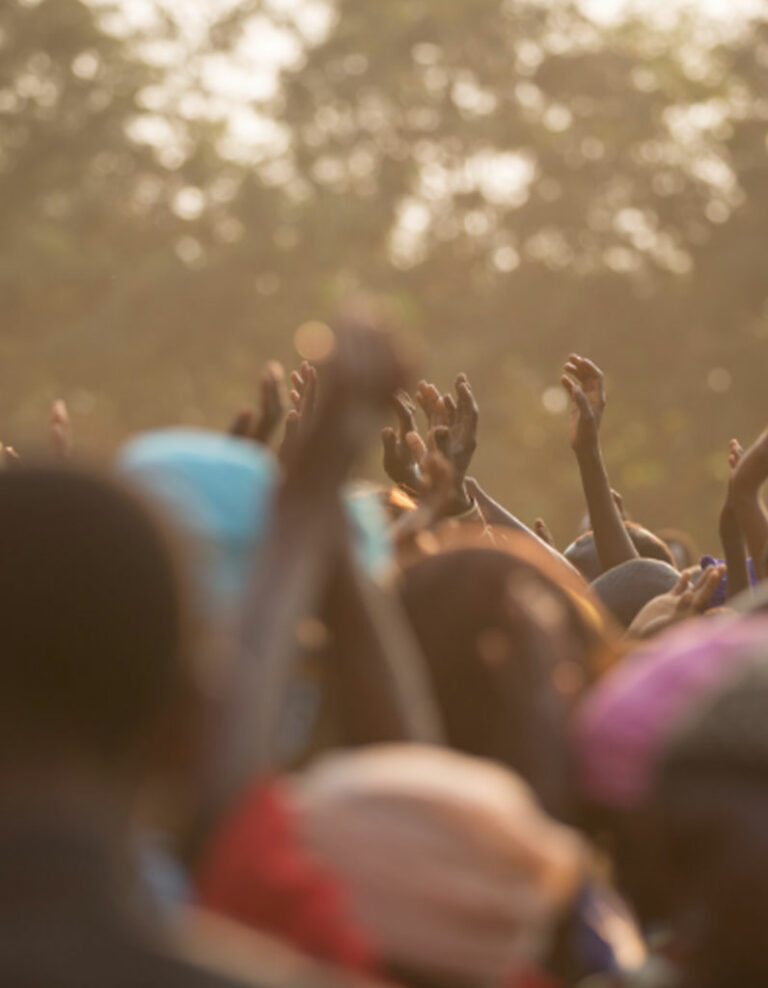
Take a look at what Guruguru is doing for the children of Pantandi School.
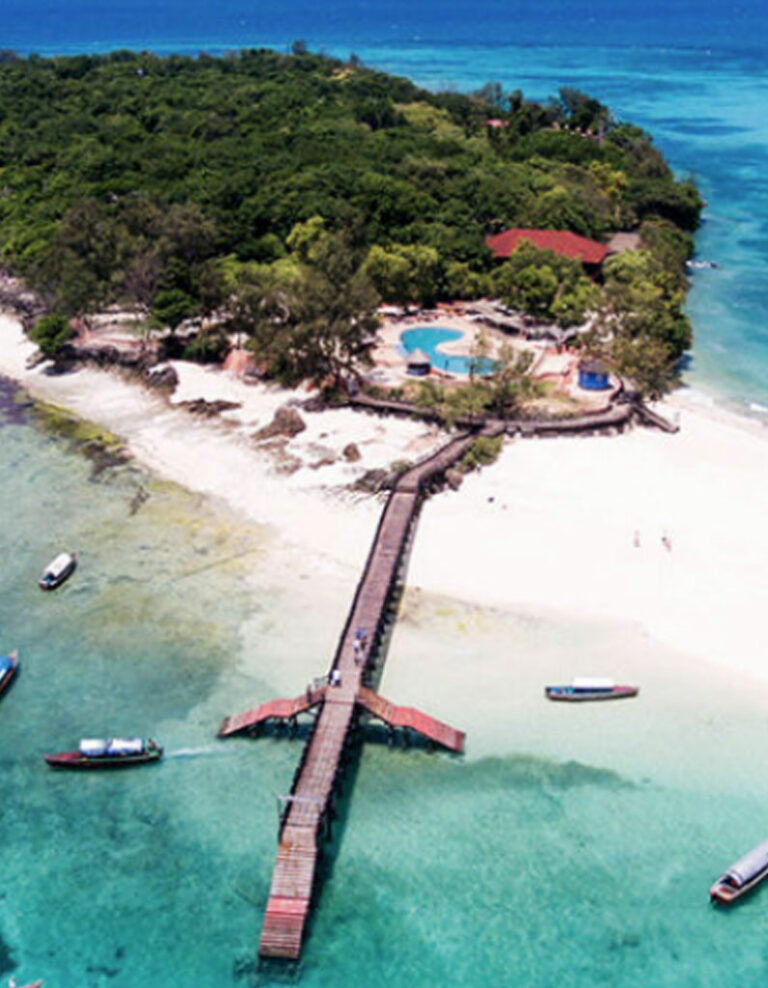
Snorkeling on Prison Island.
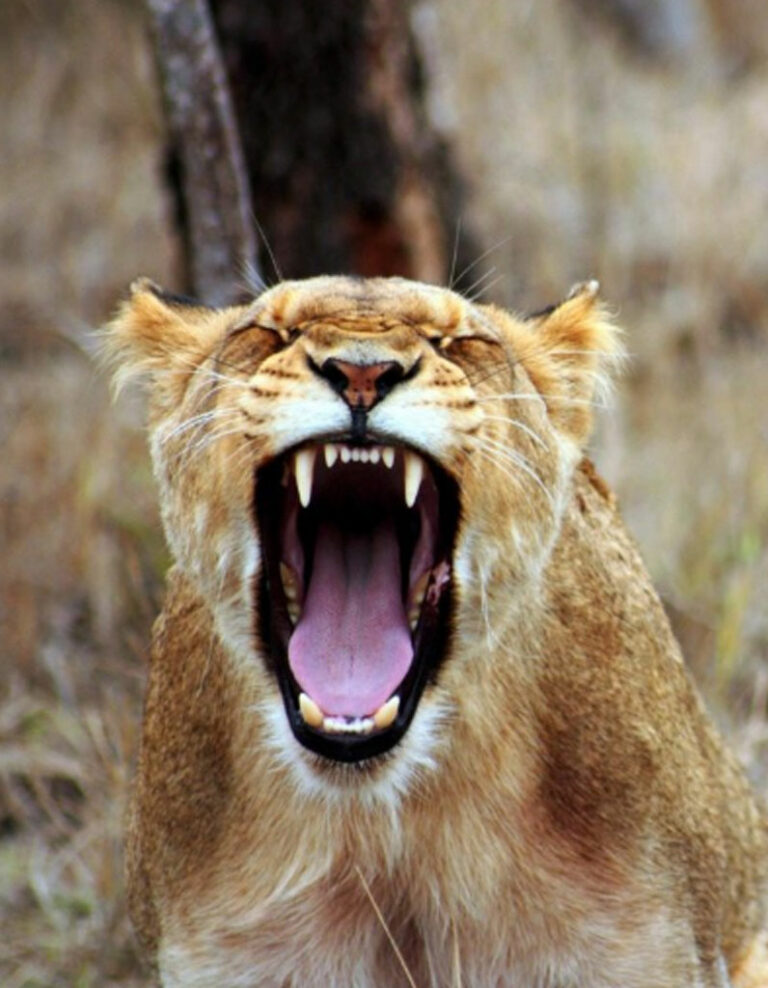
Watch lions roar?
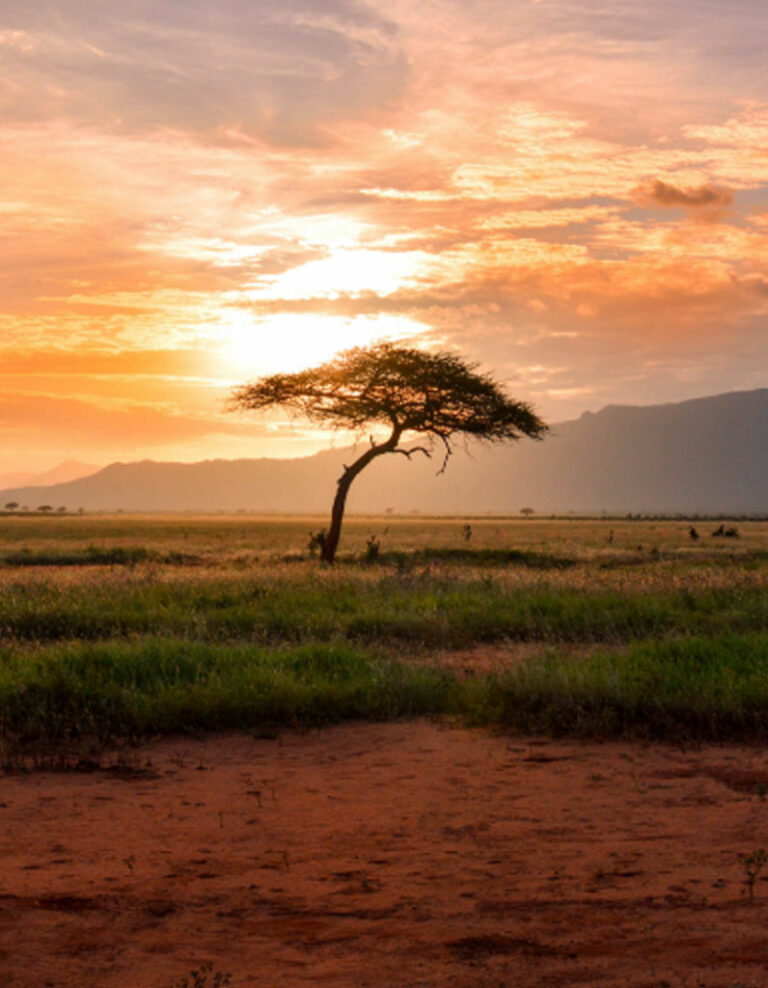
Wildlife Safaris through the desert.
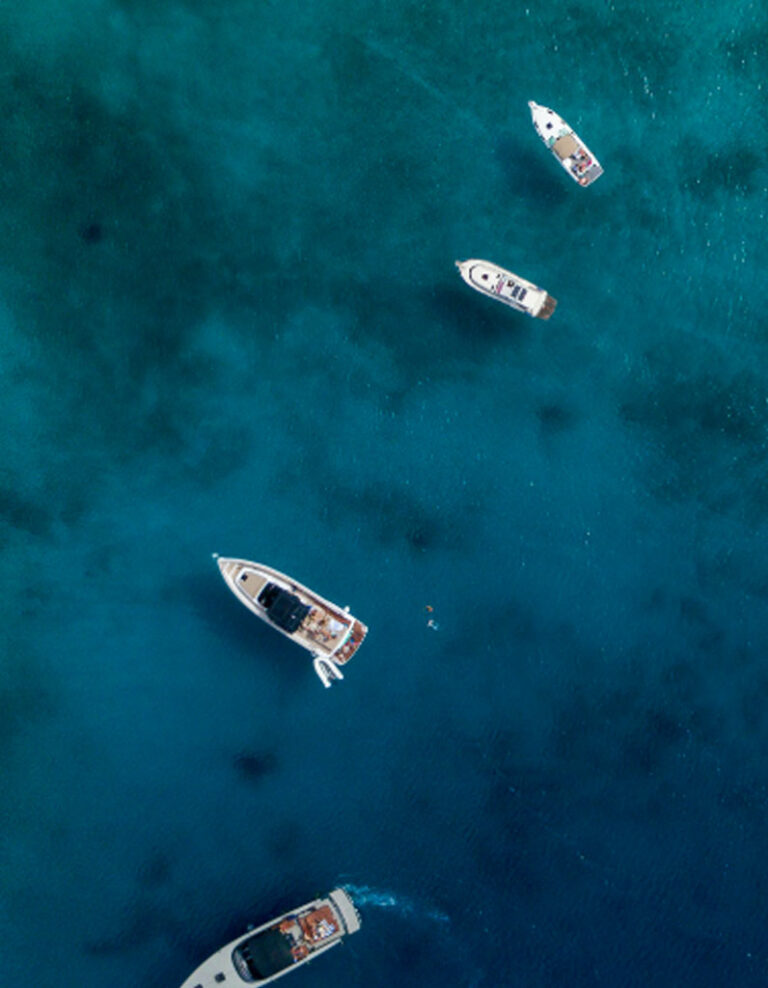
Boat rides on crystal-clear water.
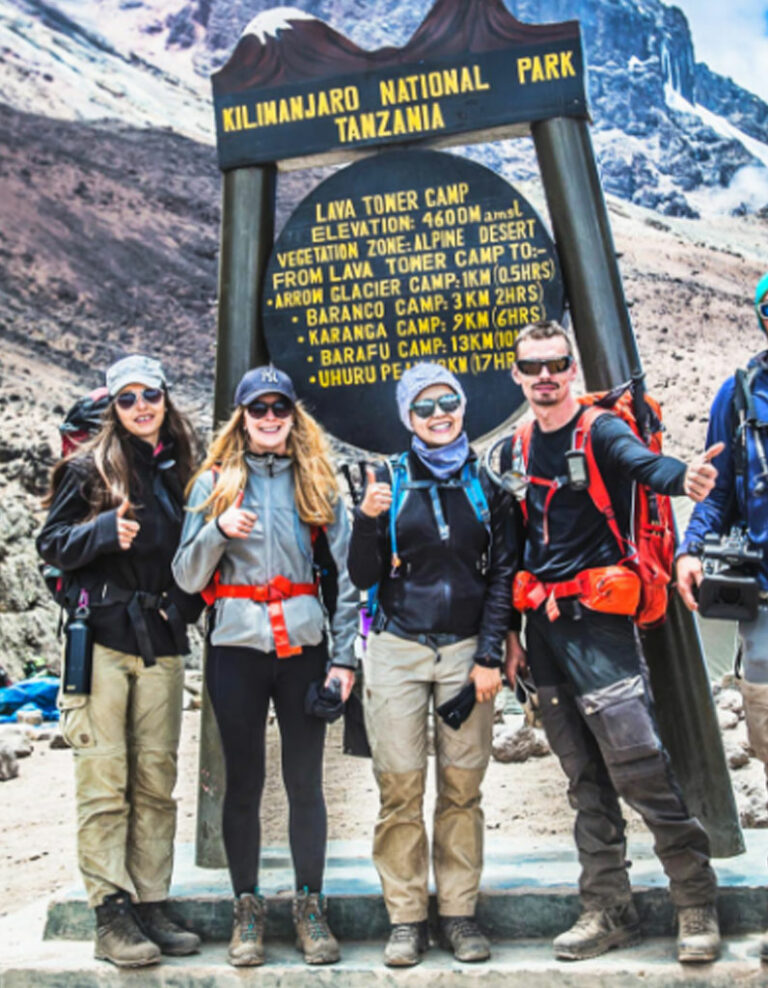
Kilimanjaro Guided Tours:
Multi-day and suitable for various fitness levels.
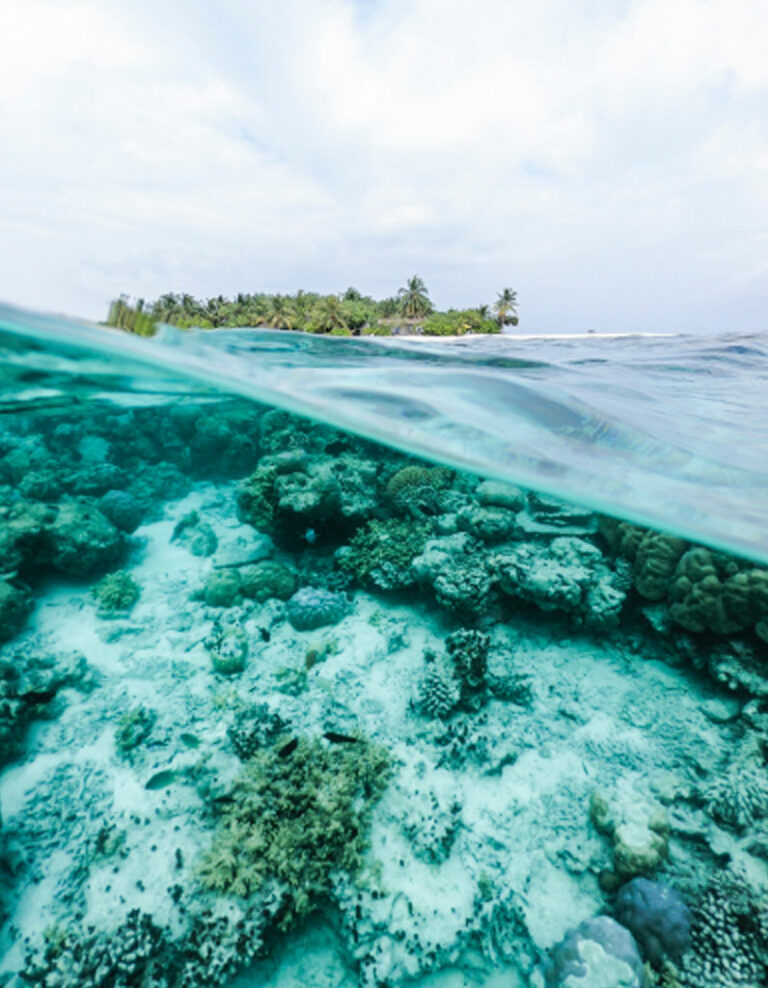
Diving around Prison Island.
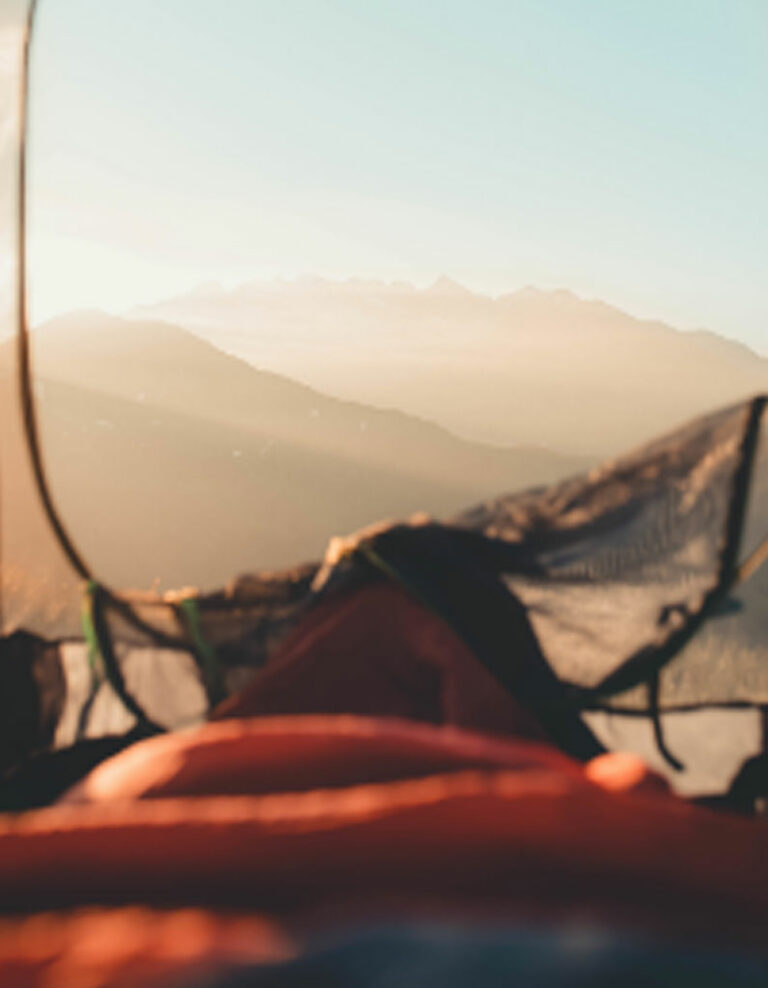
Wake up in pristine nature. Are you in?
What you've always wanted to know:
Individuality, Quality, Expertise. Our values for your journey too.

At what age can one climb Mount Kilimanjaro?
Climbing Mount Kilimanjaro, Africa’s tallest mountain, requires good physical condition, endurance, and adaptation to high altitudes. There is no specific age limit for climbing Mount Kilimanjaro, but most tour operators recommend that participants should be at least 10 to 12 years old. Younger individuals may not have the necessary physical and mental maturity for such a demanding hike.
However, it’s essential to emphasize that everyone, regardless of age, should undergo a thorough medical examination before the climb to ensure there are no health risks. Additionally, it is advisable to prepare for altitude sickness and allocate enough time for acclimatization to increase the chances of a successful ascent. It’s always recommended to seek advice from an experienced travel operator to make the climb of Mount Kilimanjaro safe and successful.
What is the best time of the year?
The best time for climbing Mount Kilimanjaro in Tanzania is during the drier months to ensure the best conditions and the highest success rate. The primary dry seasons considered as the best travel times are typically from January to mid-March and from June to October.
- January to mid-March: This is the first dry season of the year. Temperatures are moderate, and visibility is usually clear. It’s a popular time for climbing Mount Kilimanjaro.
- June to October: This period marks the second dry season and is also a good time for the ascent. Temperatures are pleasant, and days are often sunny and clear.
However, it’s essential to note that Mount Kilimanjaro is a year-round destination, and there are people who climb the mountain outside of these dry seasons. In the rainier months, hiking may be more challenging due to poor trails and slippery terrain. The months of April, May, and November are typically wetter and are often avoided by those planning the ascent.
It’s advisable to seek advice from an experienced travel operator before your journey to choose the best time of the year for your specific plans and needs. Each month has its pros and cons, so careful planning is crucial for a safe and enjoyable experience while climbing Mount Kilimanjaro.
What preparations are recommended for the tour? How physically fit should I be?
Preparations and Requirements:
- Medical Examination: Before deciding to climb Mount Kilimanjaro, you should undergo a thorough medical examination. Your doctor can determine if you have any health concerns that could jeopardize your participation.
- Acclimatization: Plan for an adequate amount of time for acclimatization at higher altitudes. This helps to prevent altitude sickness. Choose a route that allows sufficient time for adjusting to the altitude.
- Physical Preparation: Train for endurance, strength, and flexibility. Hiking, jogging, stair climbing, and other aerobic exercises are helpful for improving your fitness.
- Proper Equipment: Invest in high-quality hiking gear, including comfortable and well-fitted hiking boots, breathable clothing, a sturdy backpack, and a warm sleeping bag.
- Mental Preparation: Mentally prepare for the challenges. Climbing Mount Kilimanjaro requires perseverance and determination.
Fitness Level:
Requirements vary depending on the chosen route, but generally, you should be:
- Able to hike several hours daily, often over uneven terrain.
- Able to walk with a backpack carrying your personal items and water.
- Able to adapt to unpredictable weather conditions, including cold, heat, and altitude.
- Able to handle longer hikes with steep ascents and descents.
It is advisable to speak with an experienced mountain guide or sports trainer before the trip to discuss your specific abilities and needs. Train regularly, especially with hikes, to strengthen your muscles and cardiovascular system. Good physical fitness not only increases your chances of success but also makes the entire experience more enjoyable and less strenuous.
What happens in bad weather?
In case of bad weather during a Kilimanjaro ascent, the experienced mountain guides at Guruguru Safaris take care to make the best decisions possible. They are familiar with the conditions and challenges and can take appropriate measures to ensure the safety and comfort of the hikers. The team is trained to navigate in various weather conditions, lead the group safely, and take appropriate protective measures to minimize the impact of bad weather. Their expertise allows participants to focus on the challenges while the mountain guides ensure their safety and the success of the ascent.